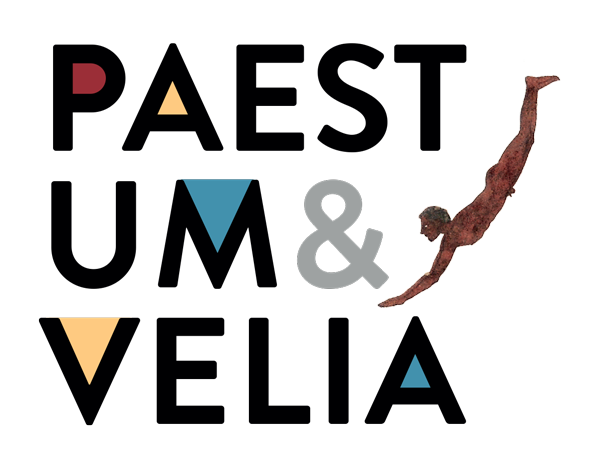The history of the city continues
After its abandonment in the Middle Ages, there is no more information about Paestum until the sixteenth century when the works of painters and writers such as Pietro Summonte rekindled interest in the city by portraying the state of the ruins. The “rediscovery” of the city took place in the eighteenth century when Paestum became one of the destinations of the Grand Tour: from then on, illustrious visitors (Goethe, Piranesi, Dos Passos, Shelley, Canova) were attracted by its renowned beauty and spread news of it throughout Europe.
During the twenty years of fascist rule, the government was committed to promoting the archaeological heritage of Paestum through new excavations and the performance of ancient plays against the backdrop of the temples. The station of Paestum was built. In 1939, the architect Marcello De Vita was commissioned to design the museum which was only built after the Second World War.
In September 1943 Paestum became the setting for the arrival of American troops in the Sele river plain during the famous Operation Avalanche.
The following year, during building work to construct a landing strip for British and American forces, another chapter in the history of the city was added by the fortuitous discovery of the prehistoric cemetery of Gaudo.








